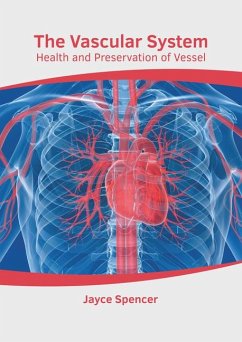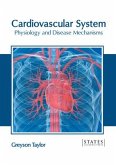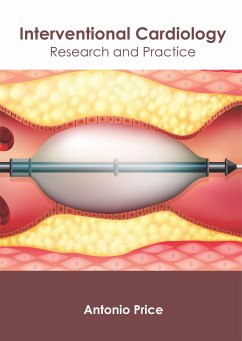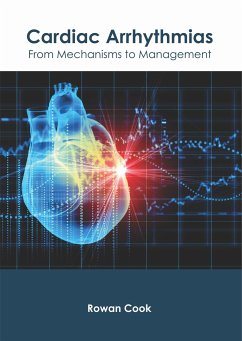Blood vessels are tubular structures through which the body fluids i.e., blood and lymph circulate. There are three main types of vessels, namely, arteries, veins and capillaries. Most of the patient care management plans usually require that the medical staff is able to access the vessels of the patient's body in addition to preserving the vessels. In administering medicines and vital fluids to patients, vascular access is a standard technique. Vascular access procedure requires that a flexible and sterile plastic tube (called catheter) is inserted into the blood vessel of a patient for drawing blood from the body or to inject medication into the body. There are many complications associated with administering medicines or essential fluids through the procedure like phlebitis (inflammation of the vein), deep vein thrombosis (DVT), and infections leading to discomfort to the patients. To protect the veins, and minimize damage and consequences, it is critical that vessel health should be assessed for each patient. This book elucidates the concepts around future developments with respect to vascular health and preservation. With its detailed analyses and data, it will prove immensely beneficial to professionals and students involved in this area of medicine at various levels.








